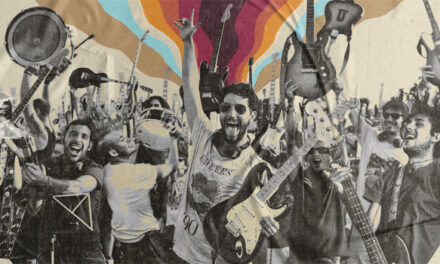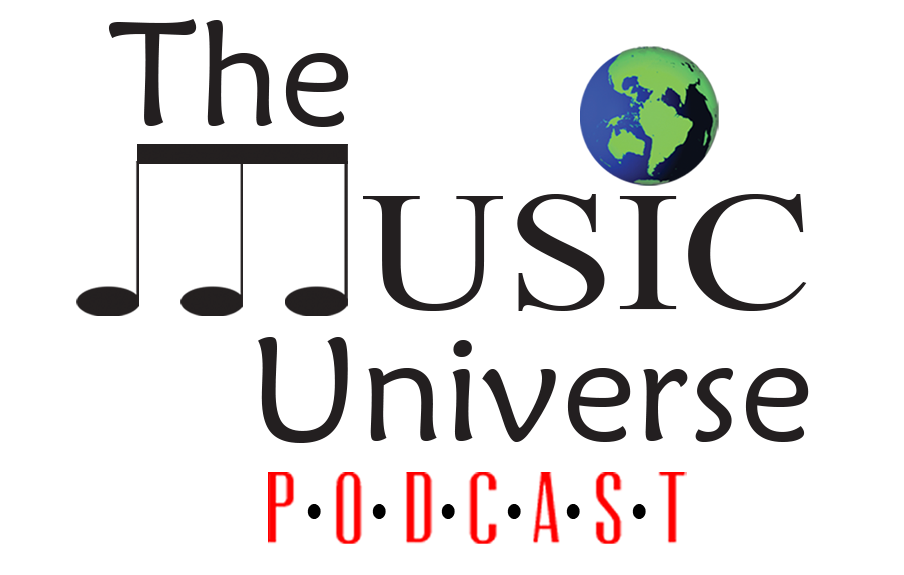Let’s Dance: Bowie Down Under 11 minute video becomes strong political statement
Traveling halfway across the world and settling in the small town of Carinda, Australia, David Bowie and cast would film his most played music video—“Let’s Dance”—the first single to be released from his biggest selling album, Let’s Dance. What many don’t know about the video, including this reviewer, is that the video depicted beautiful outback scenery with a strong emphasis on the struggles of the Aboriginal people of Australia. That’s what’s explored in detailed in the short film Let’s Dance: Bowie Down Under.
Director Rubkia Shah filmed crew members, and Carinda residents about Bowie’s appearance in their tiny city but it also describes the plight of Australia’s native inhabitants. With the divide between white and Aboriginals being unequally balance, “Let’s Dance” really is the first time this divide was ever brought to the public’s awareness.
We find that Bowie really wanted to portray Aboriginal people positively especially with memories of Aboriginal children being taken by the government and put with white families—the Stolen Generation—still lingering in people’s mind. While Bowie was never too political an artist, he definitely wanted to make a point with “Let’s Dance” by using direct references of the stolen generation in the video such as girl scrubbing the street, or a young man pulling a 2,000 pound piece of machinery, meant to represent that before being taken from their homes, Aboriginal children were trained to be servants before being placed into white homes.
In 11 minutes, Let’s Dance: Bowie Down Under isn’t a making of a video but rather, it’s a strong political statement being brought to the attention of the public by an artist with the power to make people aware of these unknown atrocities.
https://www.youtube.com/watch?v=N4d7Wp9kKjA



